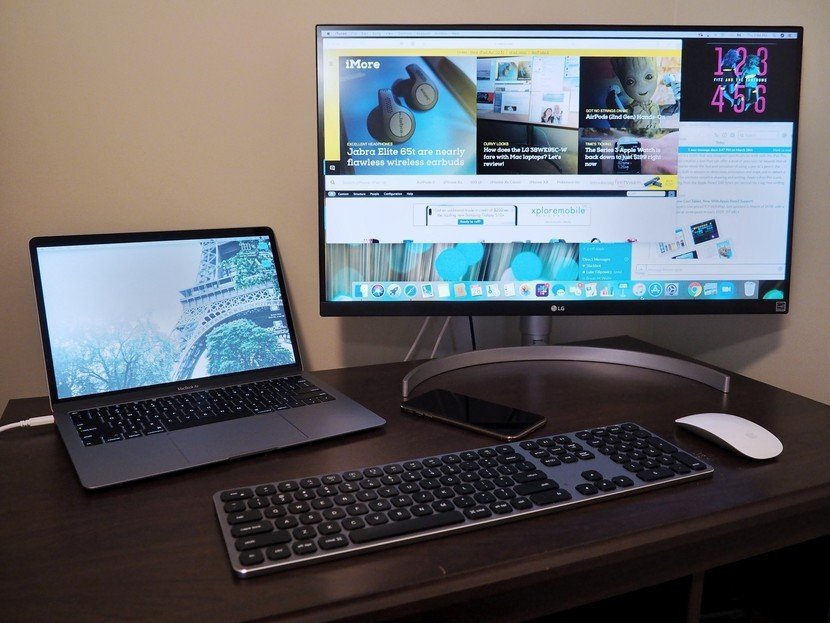Problems connecting an external monitor to your M1 Mac? Here's the fix!

Connecting an external display to your Mac should be as easy as connecting the HDMI or USB-C cable from your Mac to your display, but it seems that some people with M1 Macs are experiencing some trouble with this straightforward process. There have been reports of some of the best Macs not connecting to externals displays properly — flickering displays, black displays, blurry displays, or other issues. I even experienced it myself when I tried to hook up my best USB-B monitor to my blue iMac (2021), and my display refused to turn on.
While there is no one magic bullet fix for absolutely every monitor problem you could encounter with the M1 Mac, there are several troubleshooting steps you can try to resolve the issues. Here's what you should do to fix any problems connecting an external monitor to your M1 Mac.
1. Reconnect the display
If you plug in your external display and you notice it's blank, blurry, flickering, or just not functioning properly, try unplugging your monitor from your M1 Mac and connecting it again.
Sometimes this is all you need to do to get your Mac to cooperate. If this doesn't do anything, try the next step.
2. Try a different cable
Not all cables are created equal, and sometimes cables can stop working altogether if they get damaged. If your display doesn't want to work properly with your M1 Mac, try using a different cable.
3. Try a different port
If you're using a USB-C connection for your monitor, try a different port to see if that resolves the issue. Specifically, on the M1 iMac and the M1 Mac mini, you should be using a Thunderbolt port to connect to any monitor. Plus, if you're connecting your monitor via a USB-C hub, you'll want to try hooking that USB-C hub to a different port as well.
4. Reboot your Mac
Rebooting your Mac is a great way to shock the system and fix any niggling problems you might be experiencing. I would actually suggest trying two different types of reboots.
Master your iPhone in minutes
iMore offers spot-on advice and guidance from our team of experts, with decades of Apple device experience to lean on. Learn more with iMore!
First, reboot your Mac and then plug in your external display once your Mac is powered on and you're logged in. If that doesn't work, try rebooting your Mac, but plug in your external display before you power on your Mac again.
5. Connect your monitor with display settings open
I know this sounds a little odd, but ultimately, it's how I got my external display to work with my iMac (2021).
Go System Preferences > Displays and then try connecting your external monitor to your Mac with that Displays menu open.
6. Call Apple Support
Unfortunately, if you've tried all the tips above, it may be time to call in the big guns. If your screen still isn't working, you'll want to give Appel Support a call, and they should be able to get you back on track.
Do you have any tips?
Did you fix issues with connecting your external display to your M1 Mac? Share your tips in the comments down below and help the community out!

Luke Filipowicz has been a writer at iMore, covering Apple for nearly a decade now. He writes a lot about Apple Watch and iPad but covers the iPhone and Mac as well. He often describes himself as an "Apple user on a budget" and firmly believes that great technology can be affordable if you know where to look. Luke also heads up the iMore Show — a weekly podcast focusing on Apple news, rumors, and products but likes to have some fun along the way.
Luke knows he spends more time on Twitter than he probably should, so feel free to follow him or give him a shout on social media @LukeFilipowicz.
